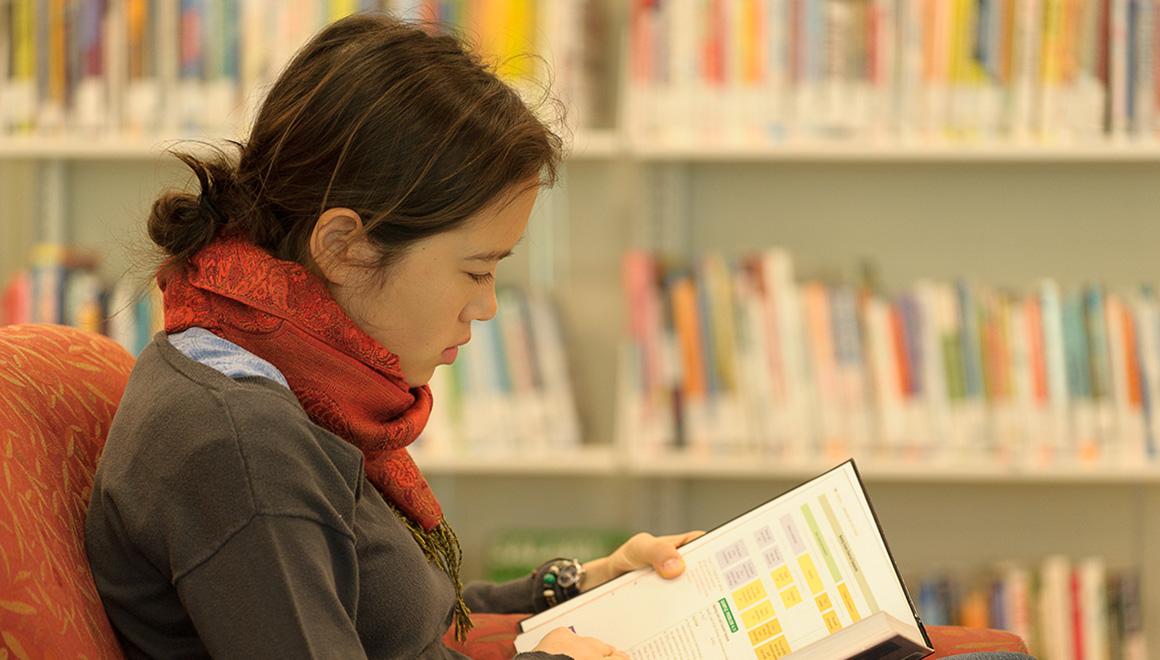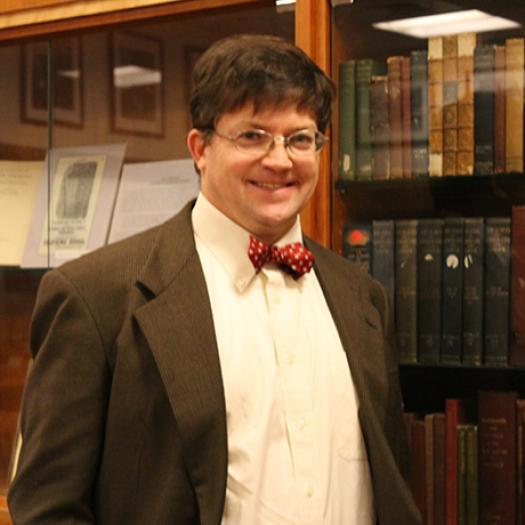Gender History

Explore how gender shapes people, power, and the past
In our gender history minor, you’ll investigate how gender and gender identity have shaped people's lives. You’ll learn how gender relates to a person's biological sex, race, class, age, sexual orientation, religion, and nationality. You will also explore how culture, politics, and society affect gender roles and may lead to gender inequality.
The Department of Race, Gender, and Sexuality Studies and the Department of Humanities jointly offer this interdisciplinary minor. Courses will give you a global and historical perspective on gender. You’ll examine ideas of masculinity and femininity in different countries, leading up to the 20th century and today. You'll look at family, women and gender, and sexuality in China, Europe, Japan, the United States, and beyond.
Why pursue a minor in gender history?
A gender history minor helps you better understand sex and gender norms, intersectionality, and social systems. It gives you the tools to analyze how societies work — so you can advocate for gender equity and change.
Our program will prepare you for meaningful careers in management, law, education, counseling, education, library, museum, or archival work. Graduates also thrive in careers in health care, social services, public administration, writing, publishing, and the media.


